The purpose of gliders was to set a body of airborne soldiers or heavy equipment down in one place, rather than being scattered by the wind. They could deliver Jeeps, trailers, anti-tank and AA guns, complete with ammuntion and crews, into restricted spaces. In WW2, such gliders were the only way of delivering such large loads.
The name Horsa was chosen to follow the British convention of naming gliders with names beginning with the letter 'H' of historical characters. In history Horsa was a Saxon king.
The Horsa was made up of thirty separate parts primarily made out of wood, so was built by furniture manufacturers all over the country and the parts were assembled by 41 Group RAF Maintenance Units.
The Mark I was loaded through a port side door-ramp and could carry 28 fully armed soldiers. The Mark II had a hinged nose and carried vehicles and guns. For quick exit, the rear fuselage could be dropped off. This was achieved by cutting the control cables to the elevators and rudder, then removal of the bottom two of four bolts, followed by the top two. The tail section could then fall away.
The speed with which the Horsa was originally produced is interesting. The company Airspeed received specification X.26/40 for a glider in December 1940 from the Air Ministry which had seen the success of German troops moved by gliders during the early stages of Blitzkrieg. Five prototype gliders were built at Airspeed’s Portsmouth factory and they were used by the British Army during their trials and these became known as the AS.51 Horsa.
Mock-up conferences were held on January 15th and 30th 1941. The first official prototype flight was in September 1941, piloted by Wing Commander Wilson of the Royal Aircraft Establishment and towed by a Whitley bomber. Soon after this date, they went into full service with the RAF.
The Horsa was first used operationally on the night of November 19/20 1942 in the unsuccessful attack on the German Heavy Water Plant at Rjukan in Norway (Operation Freshman). The two Horsa gliders, and one of the Halifax tug aircraft, crashed in Norway due to bad weather.
The first major use of the Horsa was in July 1943 in the invasion of Sicily. These gliders also played a very important part in the D-Day landings when they were used by both the British and Americans. In August 1944, they were used in the invasion of Southern France, at Arnhem in September 1944 and in the Rhine Crossing in March 1945. Operation Varsity also featured 246 Horsa Mark IIs with their new upgrades. They now outnumbered the Mark I, with only 146 of the older model brought over the Rhine.
On operations they were towed variously by Stirling, Halifax, Albemarle, Whitley and Dakota tugs using a harness that attached to both wings. The pilots were usually from the Glider Pilot Regiment, part of the Army Air Corps, although Royal Air Force pilots were sometimes used. The Horsa was also used in service by the USAAF.
On June 5th 2004, as part of the 60th anniversary commemoration of D-Day, Prince Charles unveiled a replica Horsa on the site of the first landing at Pegasus Bridge.

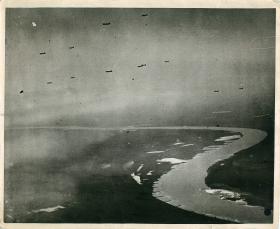
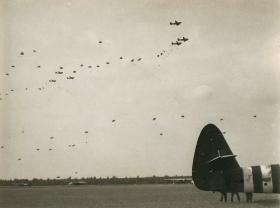
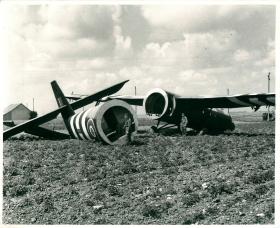
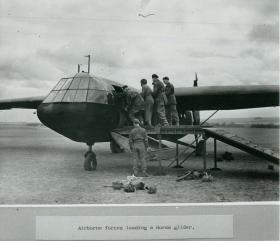
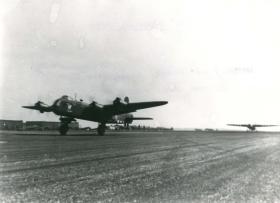
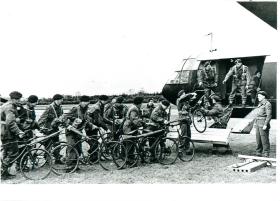
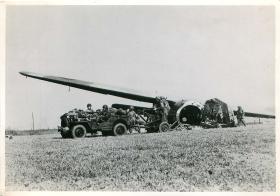
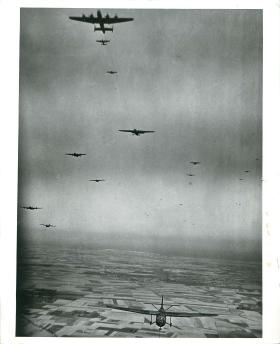
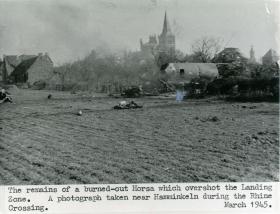
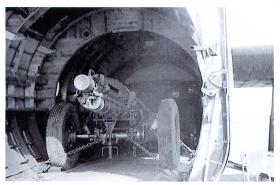
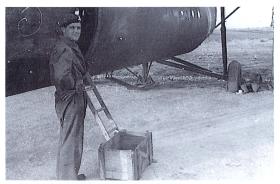
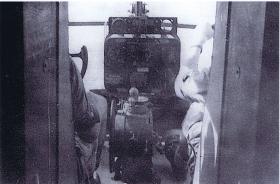
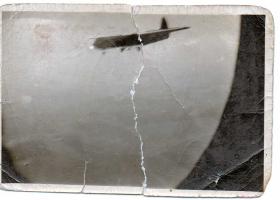
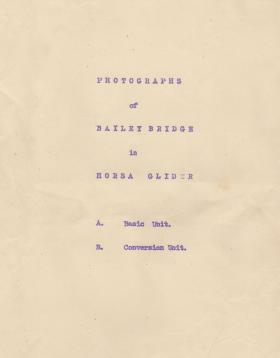
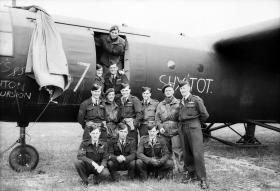
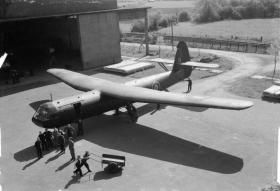
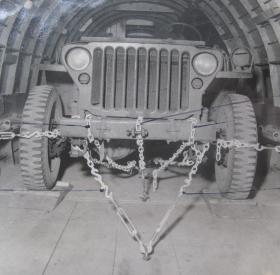
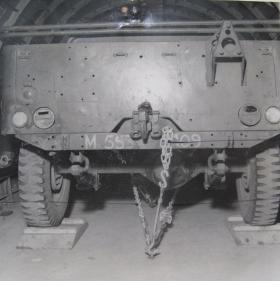
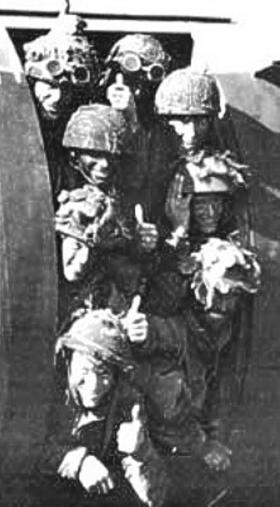
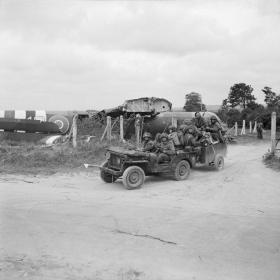
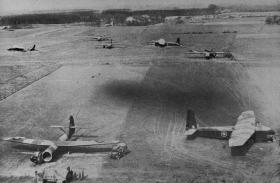
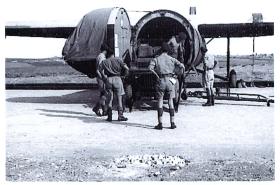
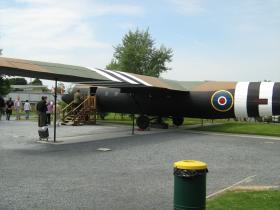
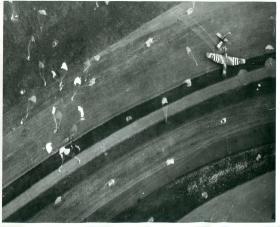
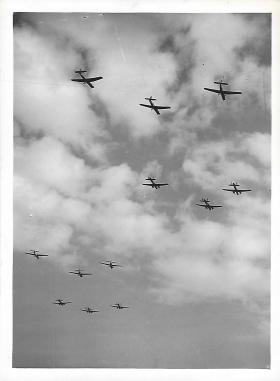
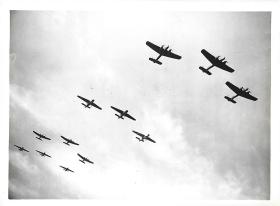
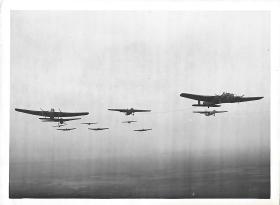
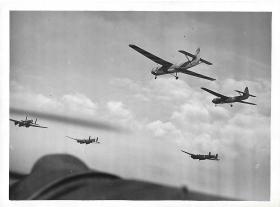



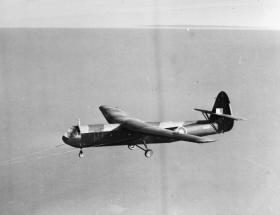
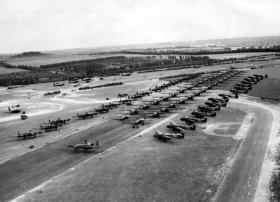
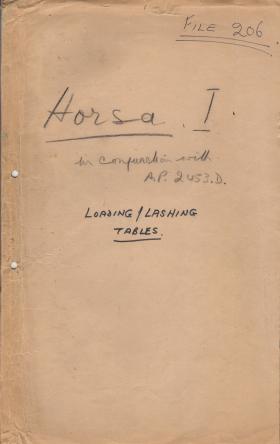
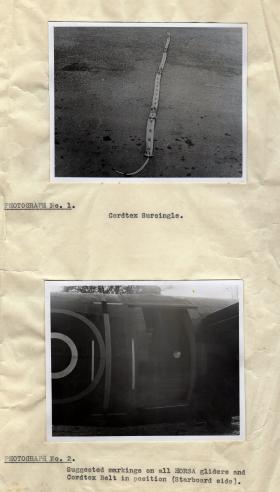
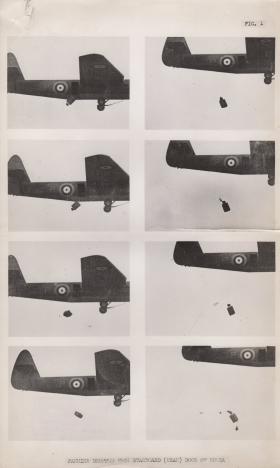
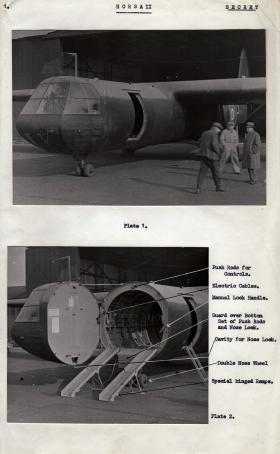
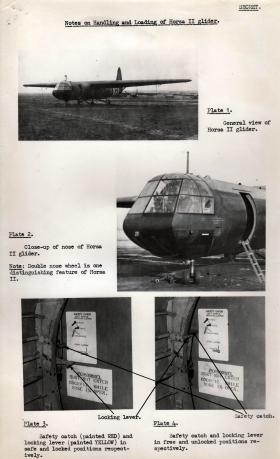
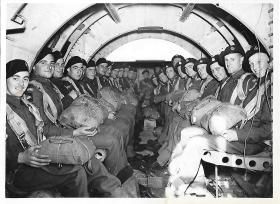
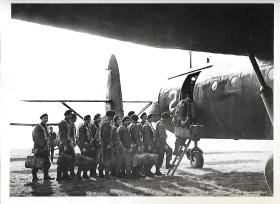
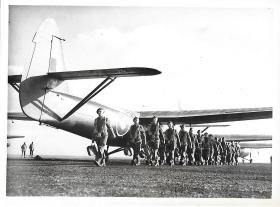
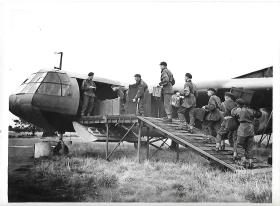
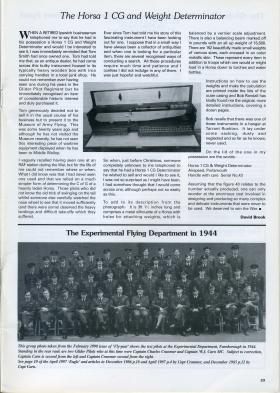
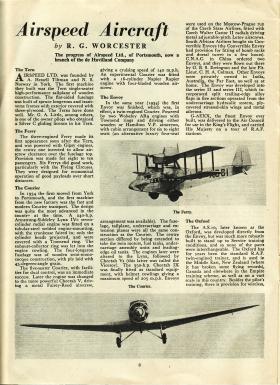
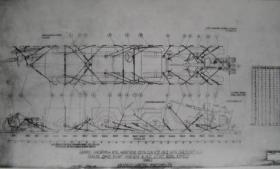
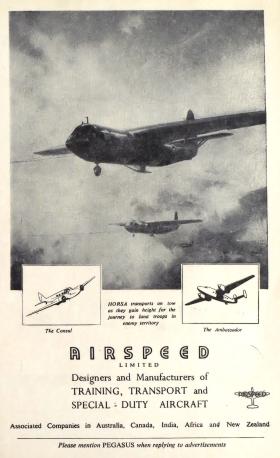




Latest Comments
There are currently no comments for this content.
Add Comment
In order to add comments you must be registered with ParaData.
If you are currently a ParaData member please login.
If you are not currently a ParaData member but wish to get involved please register.